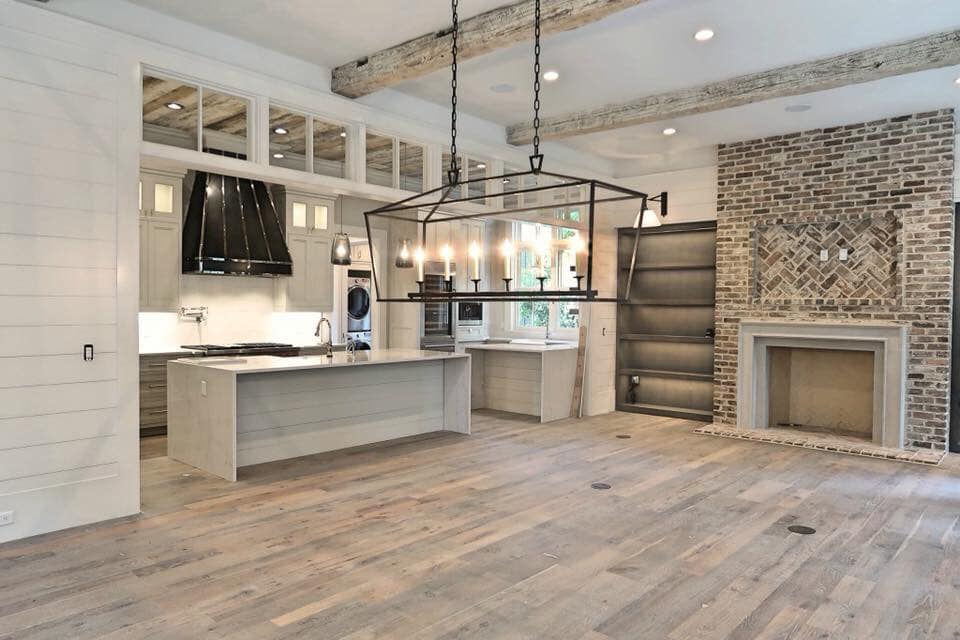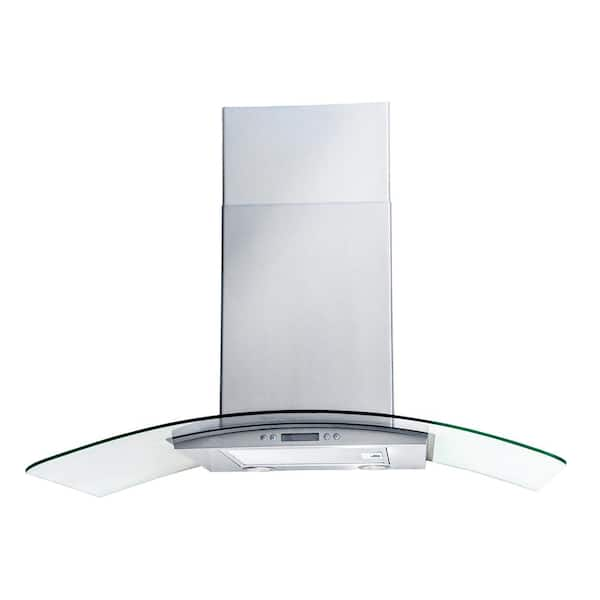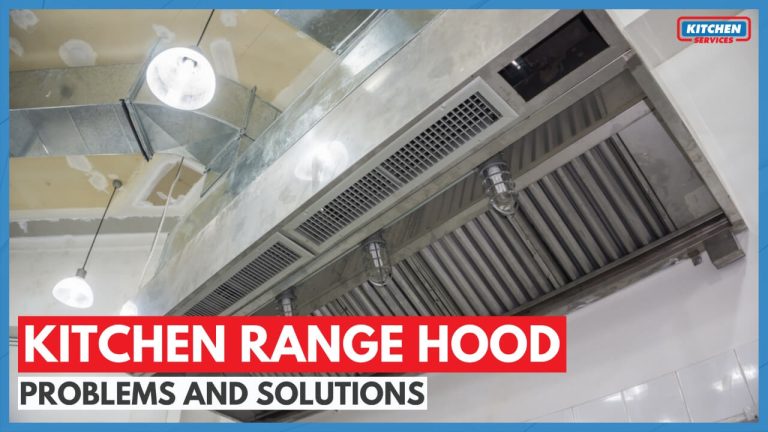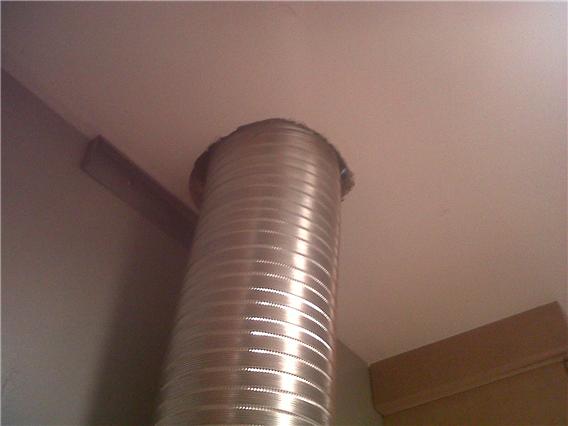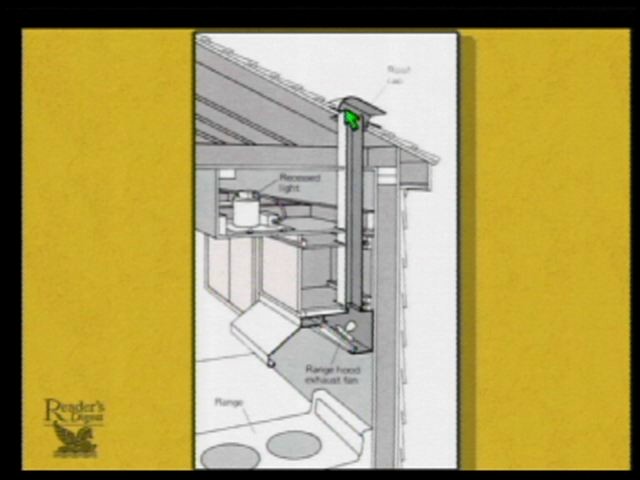Yes, a range hood can be vented through the floor, but it requires careful planning. Proper installation is crucial to ensure efficiency and safety.
Range hoods play a vital role in kitchen ventilation. They remove smoke, odors, and grease, contributing to a healthier cooking environment. While most range hoods vent through walls or ceilings, venting through the floor is an option for certain setups.
This method can be beneficial in specific kitchen designs, especially where wall or ceiling access is limited. Understanding the implications of floor venting is essential, including considerations for ductwork, airflow, and local building codes. Ensuring a proper installation will maximize the range hood’s effectiveness and maintain a clean and pleasant kitchen atmosphere.
Introduction To Range Hood Ventilation
Proper ventilation is crucial for any kitchen. It helps remove smoke, odors, and grease. A good range hood improves air quality. It also makes cooking more enjoyable and safer.
There are several basic types of range hoods. Wall-mounted hoods are popular for their sleek design. Under-cabinet hoods fit neatly under cabinets. Island hoods are great for open spaces. Downdraft hoods pull air down and out. Each type has its own benefits.
Choosing the right type depends on your kitchen layout. Proper installation ensures effective ventilation. Always check local building codes for safety. Consult a professional if unsure about venting options.
Venting Options For Range Hoods
Range hoods help remove smoke and odors from kitchens. Traditional ductwork routes are common. They usually go through walls or ceilings. This method works well in many homes.
Some homeowners prefer alternative venting solutions. These can include recirculating hoods. They filter air and send it back into the kitchen. This option is easier to install and requires no ductwork.
Another choice is venting through the floor. This method can save space and looks neat. Ensure the duct is properly sealed to avoid leaks. Local building codes often dictate what methods are allowed.
Choosing the right option depends on your home setup. Always consider the efficiency and safety of your choice.
Can You Vent Through The Floor?
Venting a range hood through the floor can be feasible, but it has pros and cons. Proper installation is key to ensure safety and efficiency.
Pros:
- Can save ceiling space.
- Reduces noise in the kitchen.
- Offers a clean look with no ducts above.
Cons:
- May require more complex installation.
- Can be less effective in removing smoke.
- Dirt and debris can block vents more easily.
Consider these factors carefully before choosing floor venting. Always consult a professional for advice and installation.
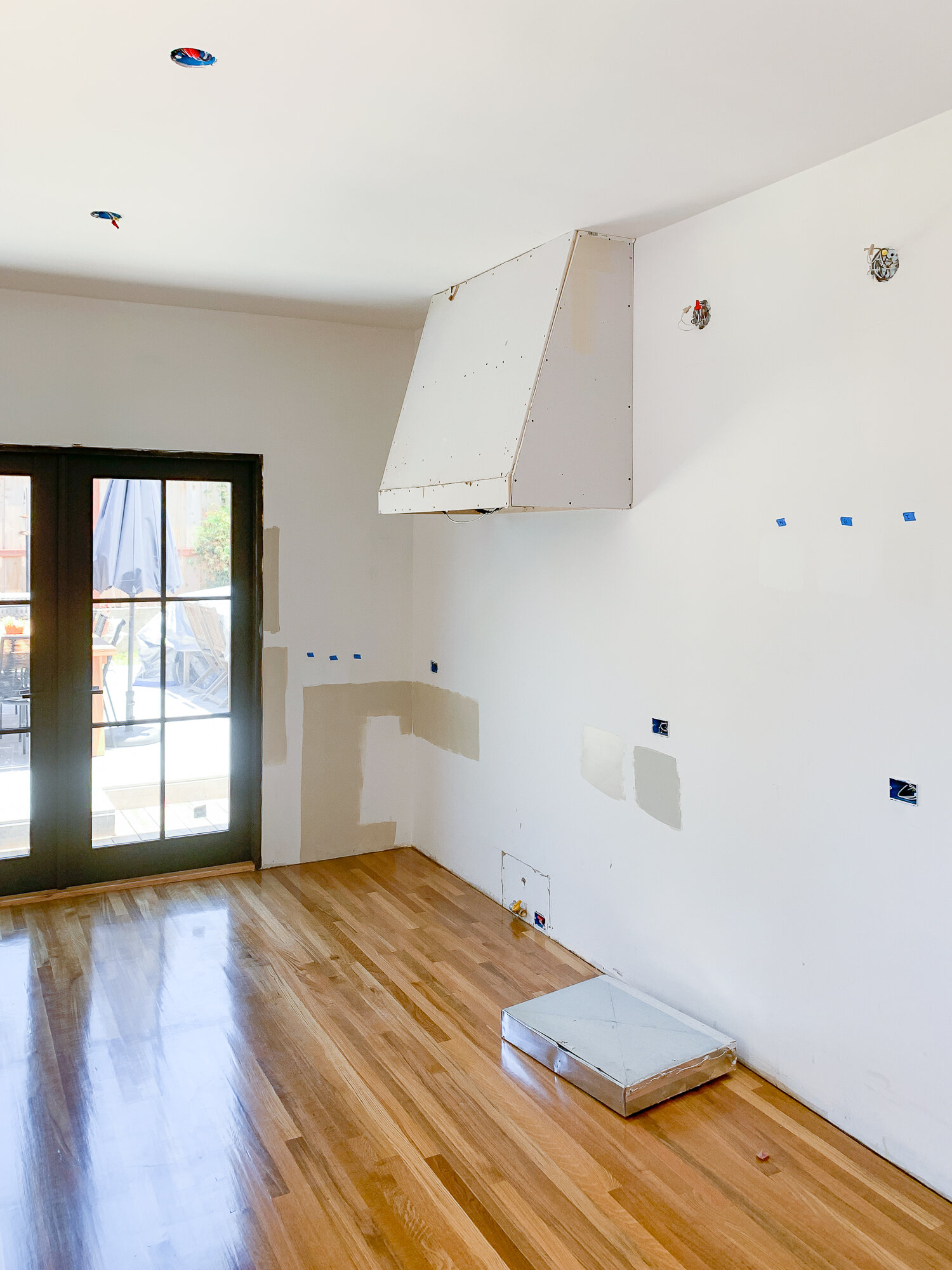
Credit: www.thegoldhive.com
Understanding Floor Venting Mechanics
Floor venting is a unique method for exhausting air. It involves using ducts installed below the floor. This method helps in removing unwanted heat, smoke, and odors.
Air flows through the ducts and exits outside. A range hood can be connected to these ducts. Proper installation is crucial for effectiveness.
Considerations include duct size and material. Larger ducts allow better airflow. Use materials that resist heat and moisture.
Check local building codes. Some areas may have restrictions on venting through the floor. Always ensure safety and efficiency.
Installation Tips For Floor Venting
Installing a range hood vent through the floor can be tricky. Follow these simple steps for success:
- Choose the right location for the vent. It should be close to the hood.
- Measure carefully to ensure proper placement. Avoid obstructions like pipes.
- Cut a hole in the floor using a saw. Be cautious of electrical wires.
- Install the vent pipe securely. Ensure it fits tightly to prevent leaks.
- Seal all gaps with duct tape or caulk. This keeps the air flowing.
Common challenges include:
| Challenge | Solution |
|---|---|
| Obstructions | Use a flexible duct to navigate around them. |
| Noise | Insulate the duct for quieter operation. |
| Condensation | Ensure proper insulation around the duct. |
Building Codes And Regulations
Building codes and regulations vary by location. Local codes often dictate how a range hood should be vented. Consult your local building department for specific requirements. These codes ensure safety and efficiency in your home.
Some areas allow venting through the floor, while others do not. Always check your local regulations before making changes. Compliance is important for both safety and legality.
Ignoring these rules can lead to fines or safety issues. A professional can help navigate these complex codes. Staying informed protects your investment and your home.
Maintenance And Upkeep
Regular cleaning and maintenance of floor vents is essential for efficiency. Dust and debris can build up quickly. This can block airflow and reduce performance.
Check the filters every month. Clean or replace them as needed. A clean filter helps the range hood work better.
Inspect the venting system for any obstructions. Remove any blockages to ensure smooth airflow. This helps maintain a safe cooking environment.
Consider scheduling a professional inspection once a year. Experts can identify issues you might miss. Regular upkeep ensures your system works effectively.
Keep records of all maintenance activities. Tracking helps remind you when to perform tasks next. It can improve the longevity of your range hood.
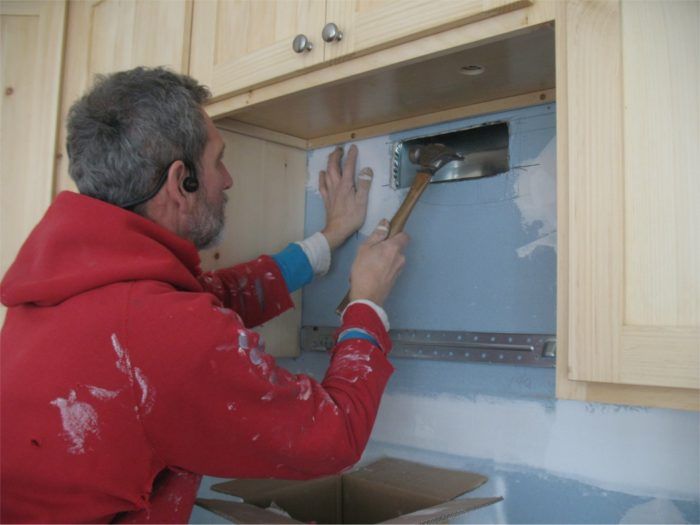
Credit: www.finehomebuilding.com
Alternatives To Floor Venting
Choosing a ductless range hood can be a great alternative. These hoods filter air and recirculate it back. They do not require ductwork, making installation easier.
Ceiling and wall venting options are also available. Ceiling vents can be sleek and modern. Wall vents save space and provide effective ventilation. Both options efficiently remove smoke and odors.
| Option | Pros | Cons |
|---|---|---|
| Ductless Range Hood | No ductwork needed, easy installation | Requires filter replacement, less effective |
| Ceiling Venting | Modern look, efficient air removal | More complex installation, can be costly |
| Wall Venting | Space-saving, good airflow | May need wall modifications |
Case Studies And Real-life Examples
Many homeowners have found success venting their range hoods through the floor. One example includes a kitchen remodel in a small space. This method helped save room above for cabinets and other storage.
Another case involved a modern home with a flat roof. Venting through the floor created a clean look. It also improved the kitchen’s airflow significantly.
Lessons learned show that proper installation is crucial. Sealing all connections prevents air leaks. This ensures the system works efficiently.
Regular maintenance is important too. Clean filters and ducts keep the system running well. Homeowners should check these areas often for the best results.
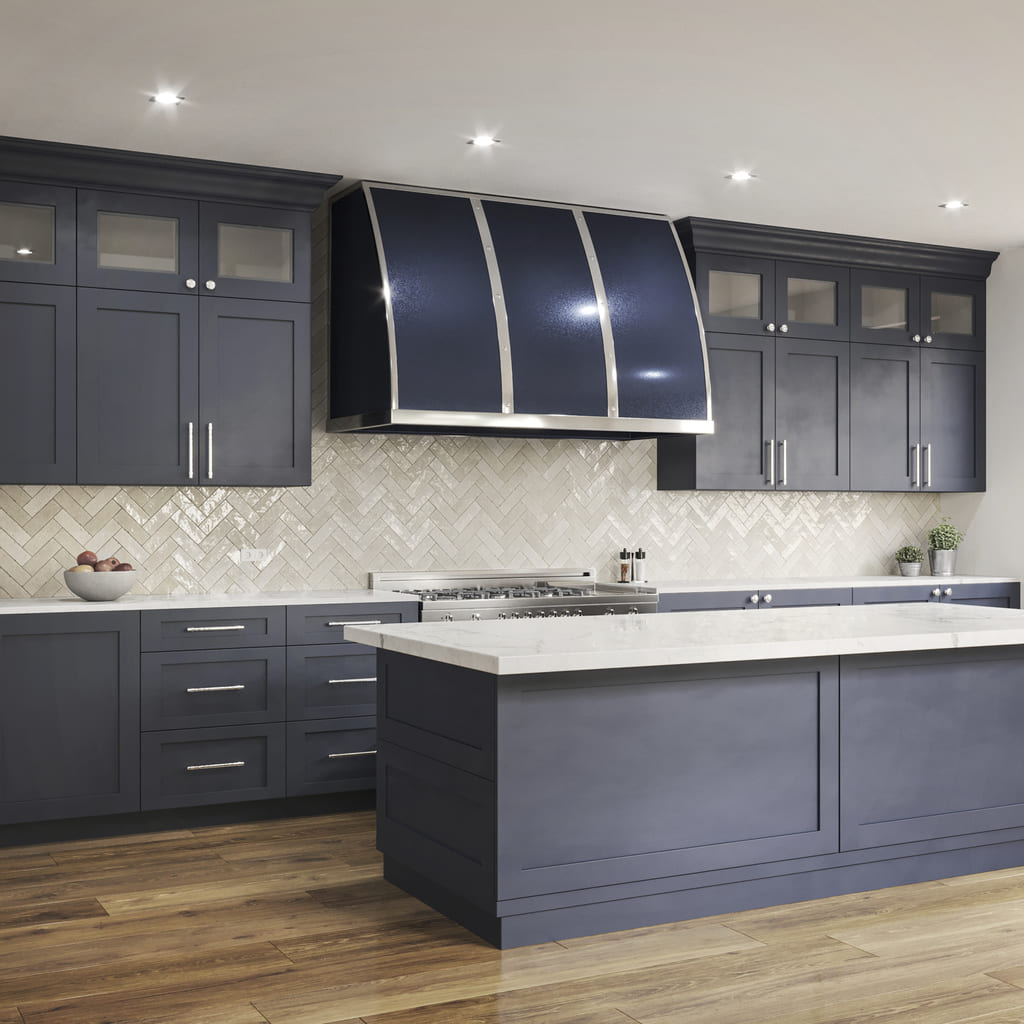
Credit: www.moderncopper.com
Conclusion And Best Practices
Venting a range hood through the floor can be tricky. Proper installation is key for safety. Make sure the ductwork is strong and secure. A floor vent must meet building codes. Check local regulations before starting any work.
Consider the kitchen layout and the type of range hood. Some hoods work better with wall or ceiling vents. Consult a professional for the best results. They can help with design and installation.
Regular maintenance is essential for a floor vent. Keep the duct clean to avoid fire hazards. Check for blockages often to ensure good airflow.
In summary, floor venting can work if done right. Safety and efficiency should always come first. Follow these practices for a successful installation.
Frequently Asked Questions
Can A Range Hood Be Vented Through The Floor?
Yes, a range hood can be vented through the floor, but it requires careful planning. The venting should be properly installed to ensure efficient airflow. Additionally, local building codes must be followed to avoid potential safety hazards. Always consult a professional for the best results.
Is Floor Venting Safe For Range Hoods?
Floor venting can be safe if done correctly. It’s essential to use proper materials and techniques to prevent fire hazards. Ensure that the vent is installed at the right angle to maintain airflow. Regular maintenance is also crucial to keep the system safe and functional.
What Are The Benefits Of Floor Venting?
Floor venting offers several benefits, including space-saving design and improved aesthetics. It allows for a cleaner kitchen look without visible ductwork. Additionally, it can effectively remove smoke and odors when installed correctly, enhancing your cooking experience. Always weigh the pros and cons based on your kitchen layout.
What Materials Are Needed For Floor Venting?
For floor venting, you’ll need ductwork, vent covers, and connectors. Using high-quality materials is crucial for efficiency and safety. Ensure that the ductwork is insulated to prevent condensation. Also, consider using a backdraft damper to avoid air leaks when the hood isn’t in use.
Conclusion
Choosing to vent a range hood through the floor can be practical but requires careful planning. Ensure proper installation to avoid potential issues. Consulting a professional is advisable for best results. Ultimately, the right setup can enhance your kitchen’s air quality and efficiency, making your cooking experience more enjoyable.
